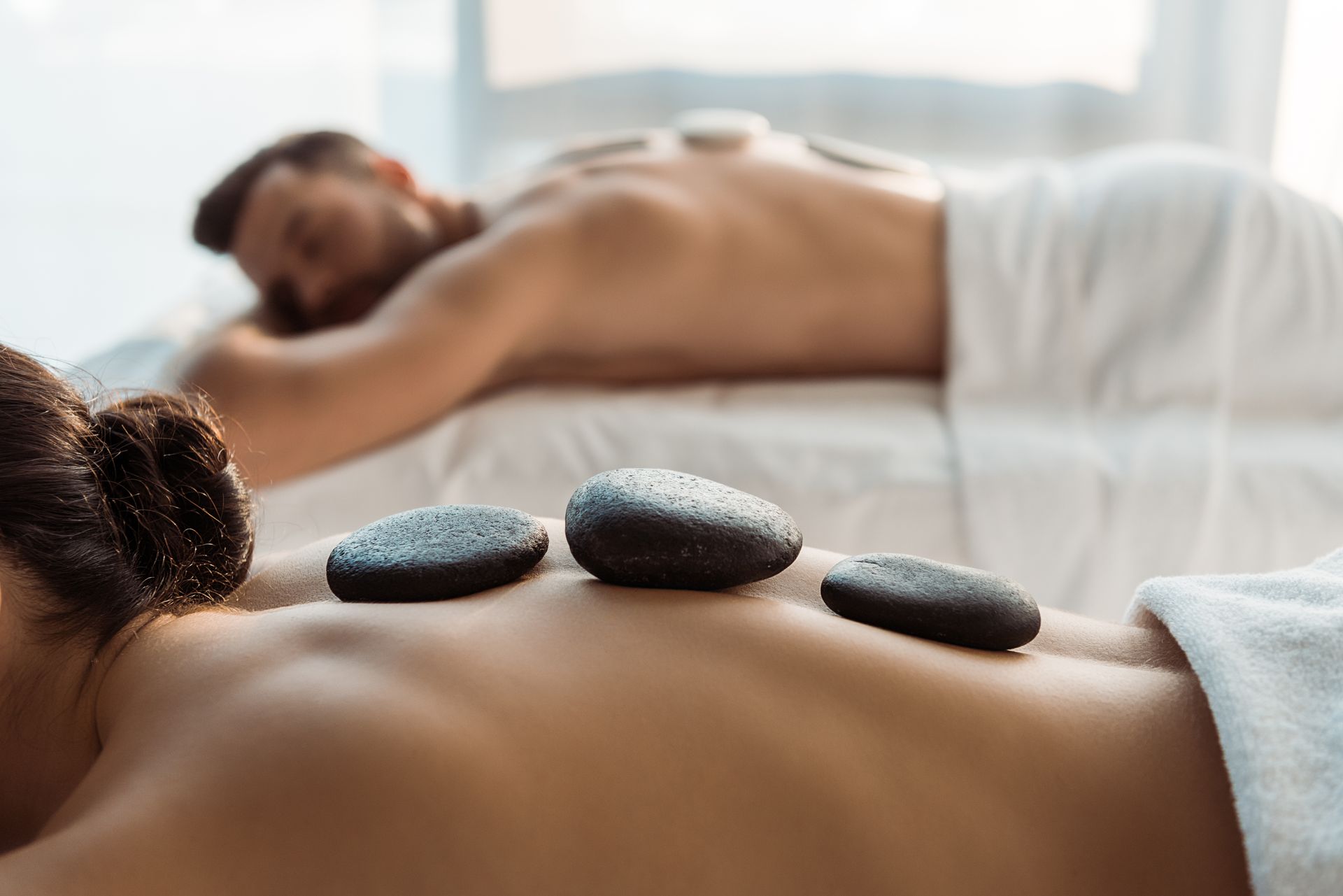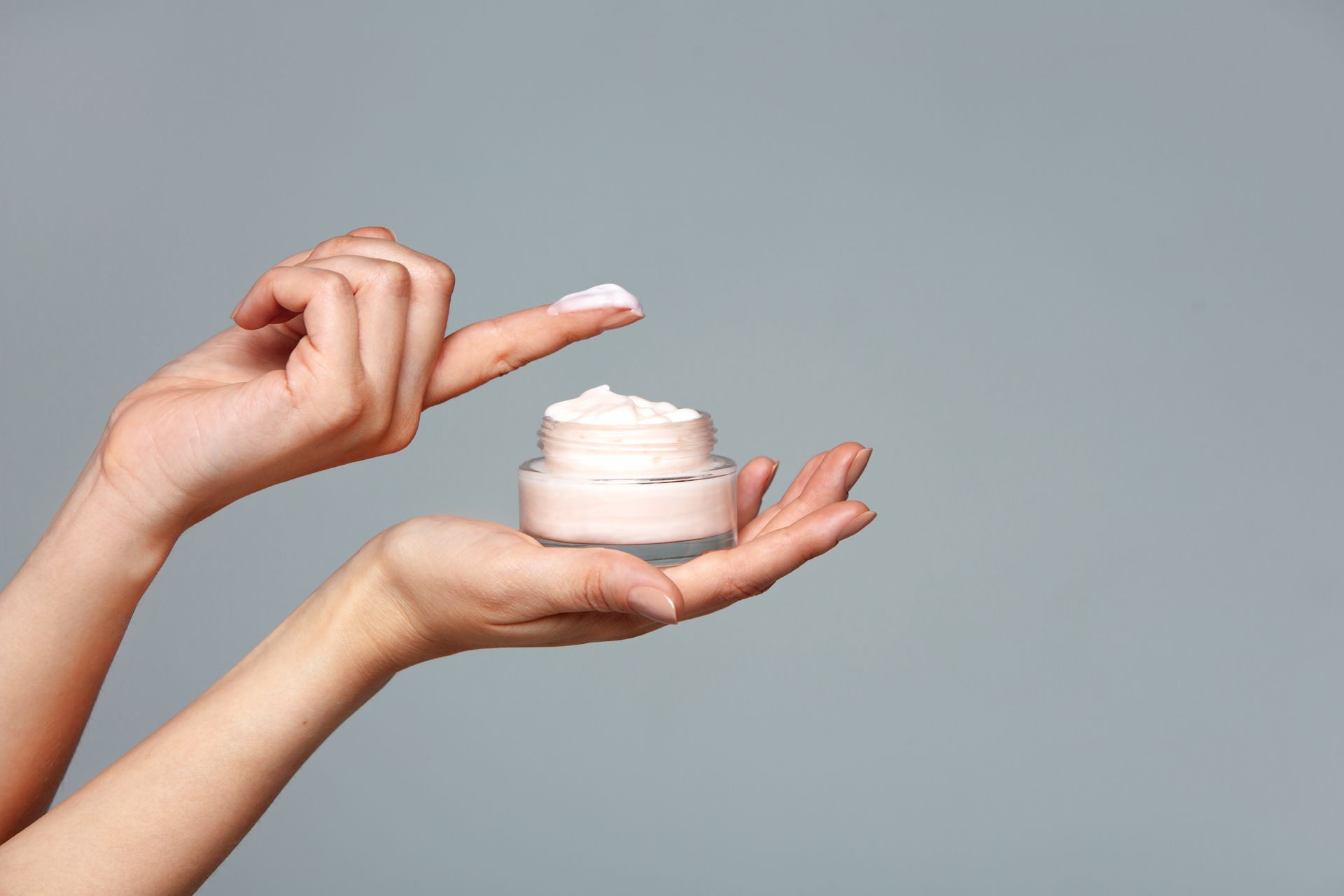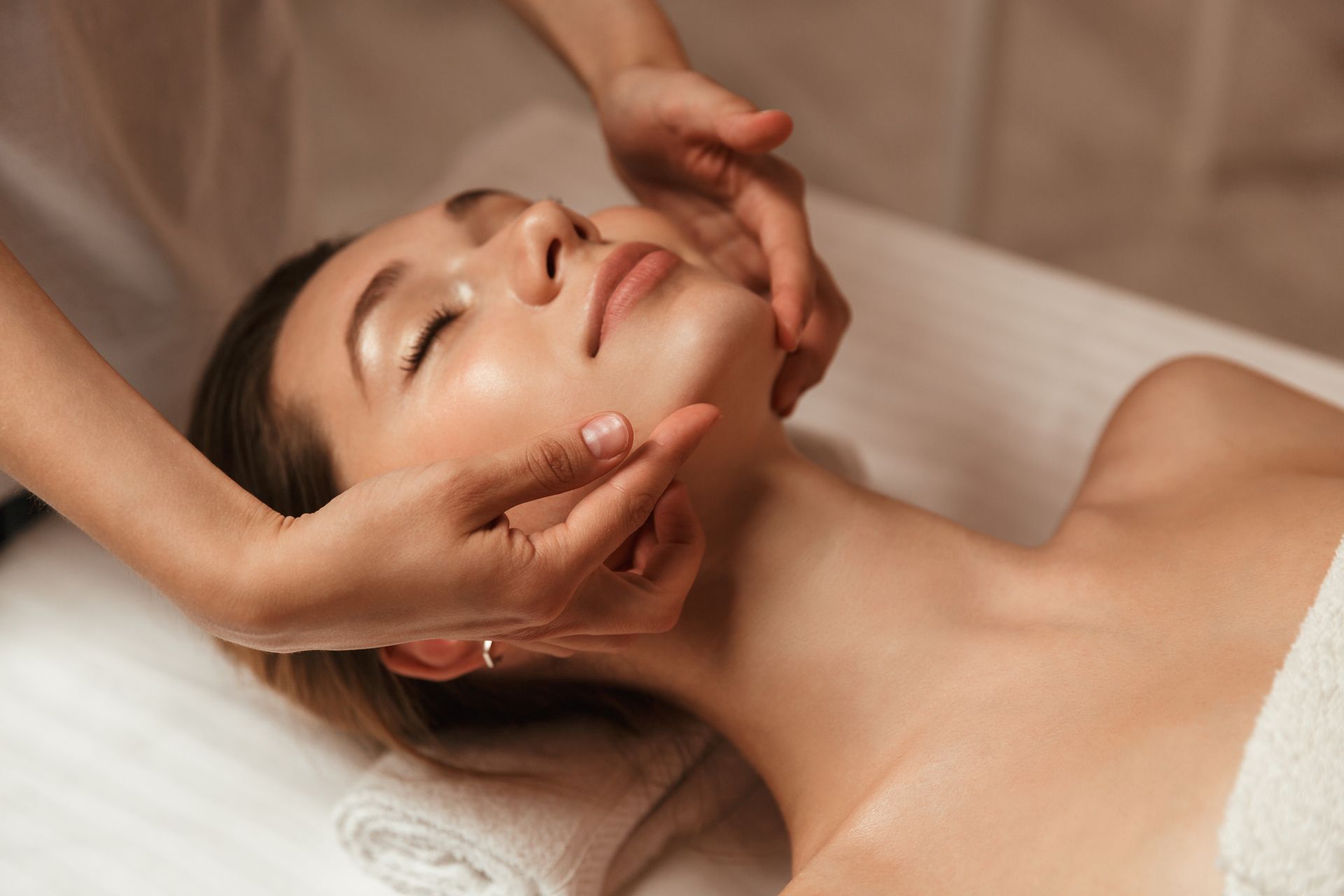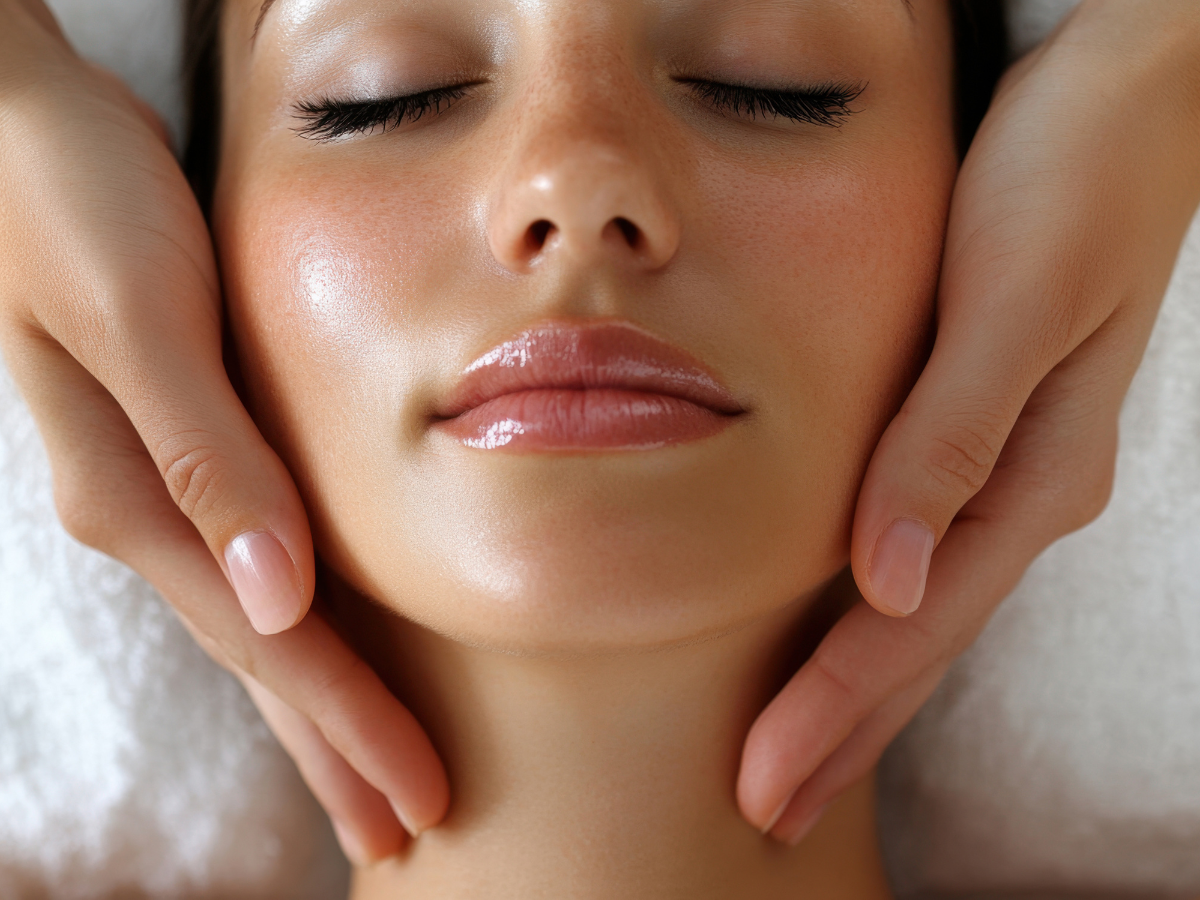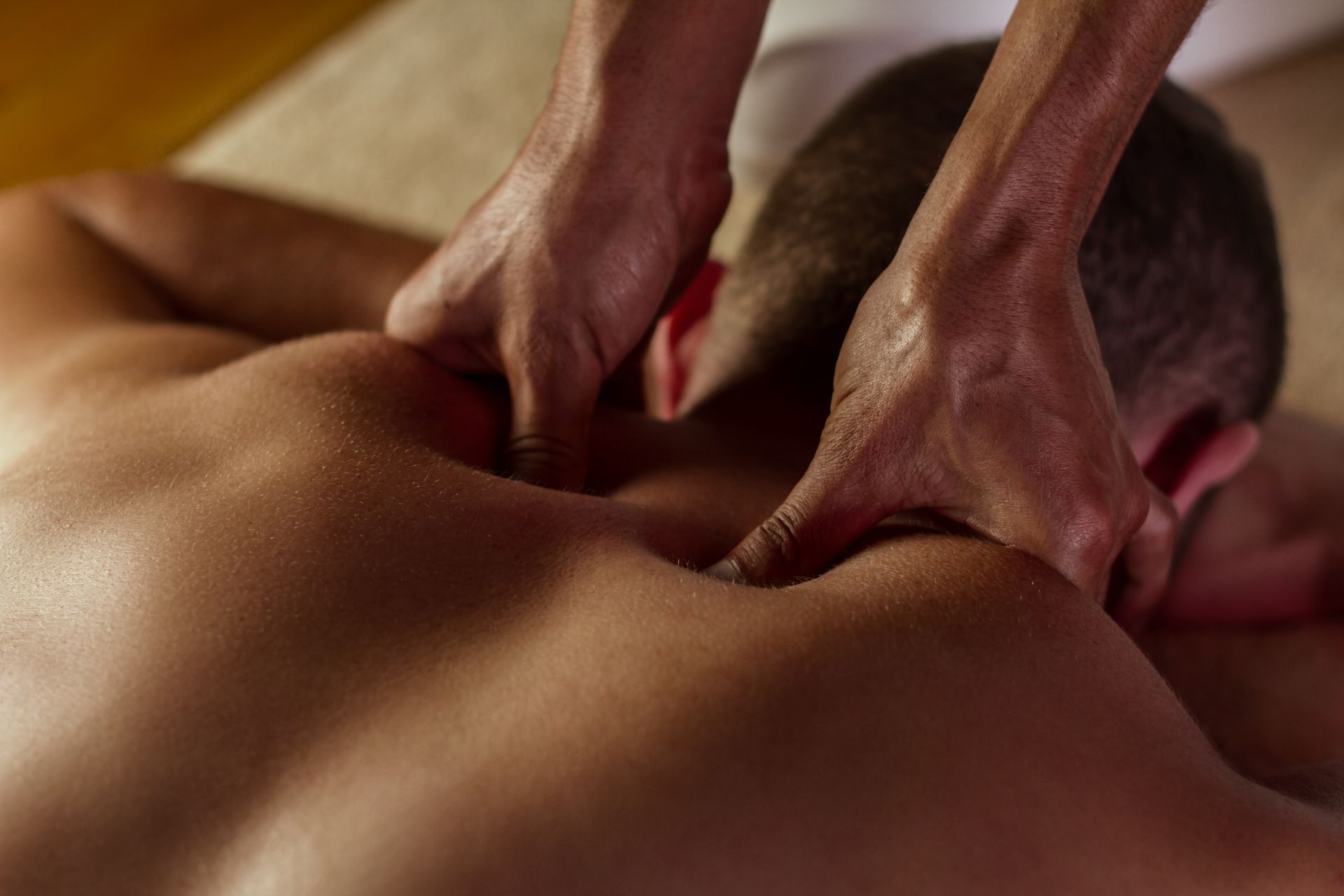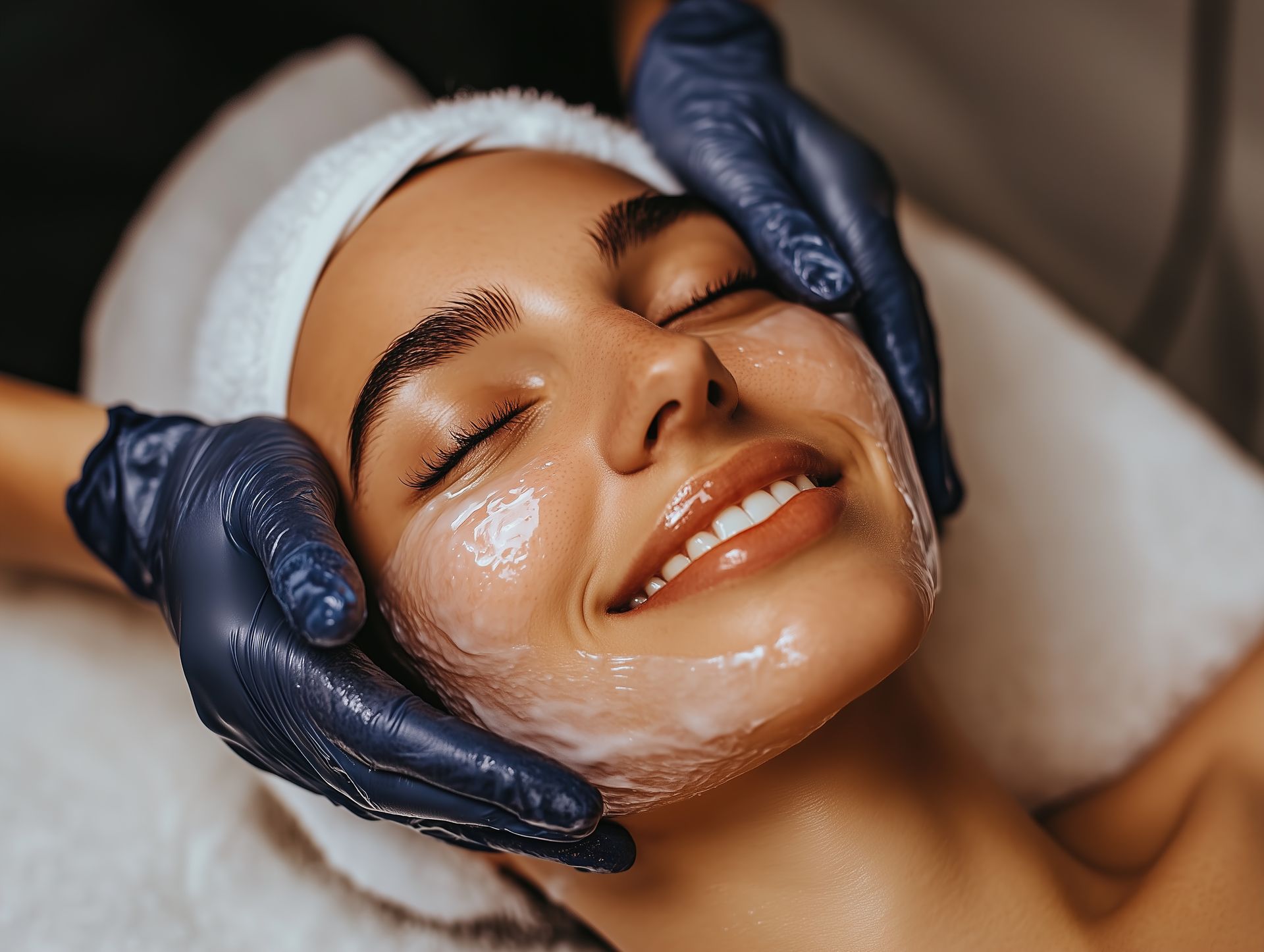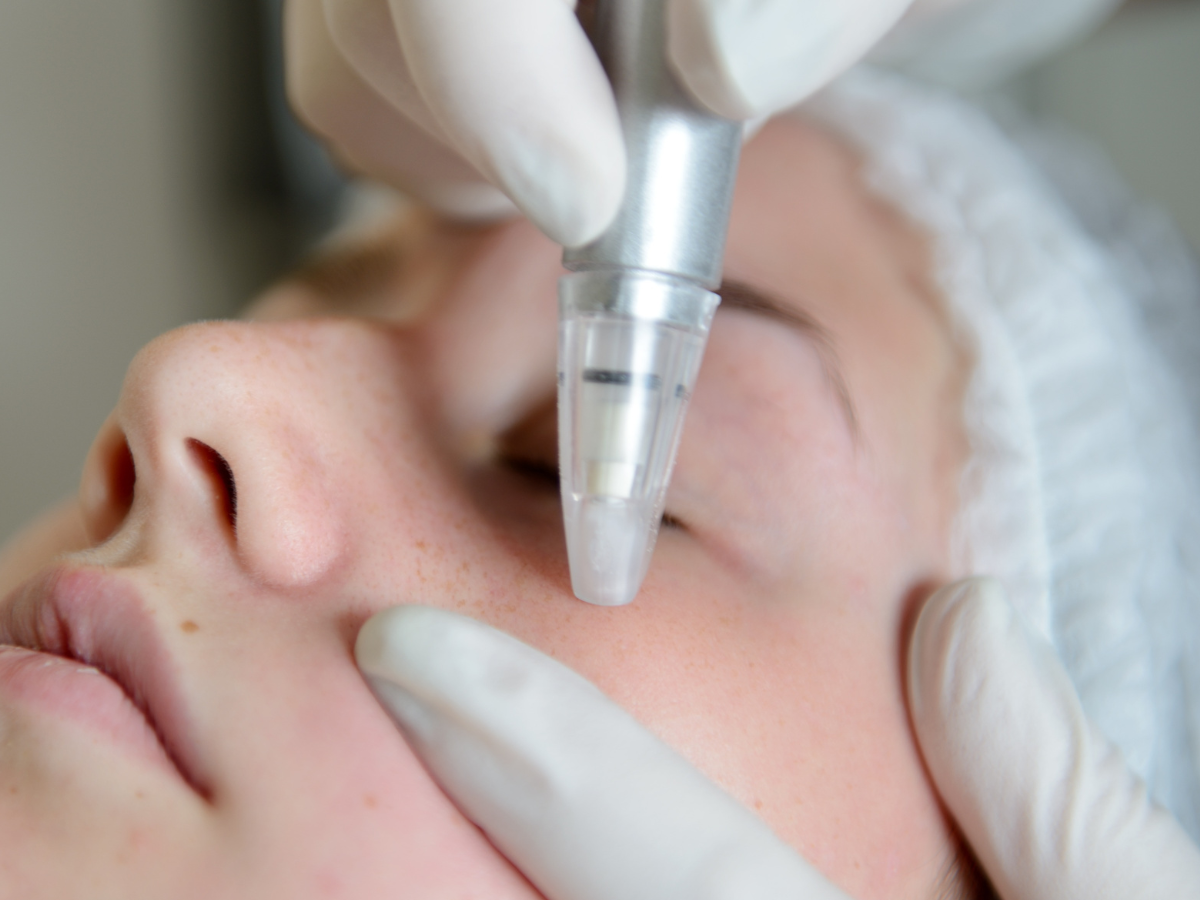How Does Dermaplaning Help Improve Skin Texture?
If you’re looking to achieve smoother, brighter skin, dermaplaning might be the solution you’ve been searching for. This popular skincare treatment involves exfoliating the skin to remove dead skin cells and fine vellus hair, or "peach fuzz." Not only does dermaplaning leave your skin feeling softer and looking more radiant, but it also helps improve overall skin texture. In this blog, we’ll explore how dermaplaning works, the benefits it provides, and how it can help improve skin texture.
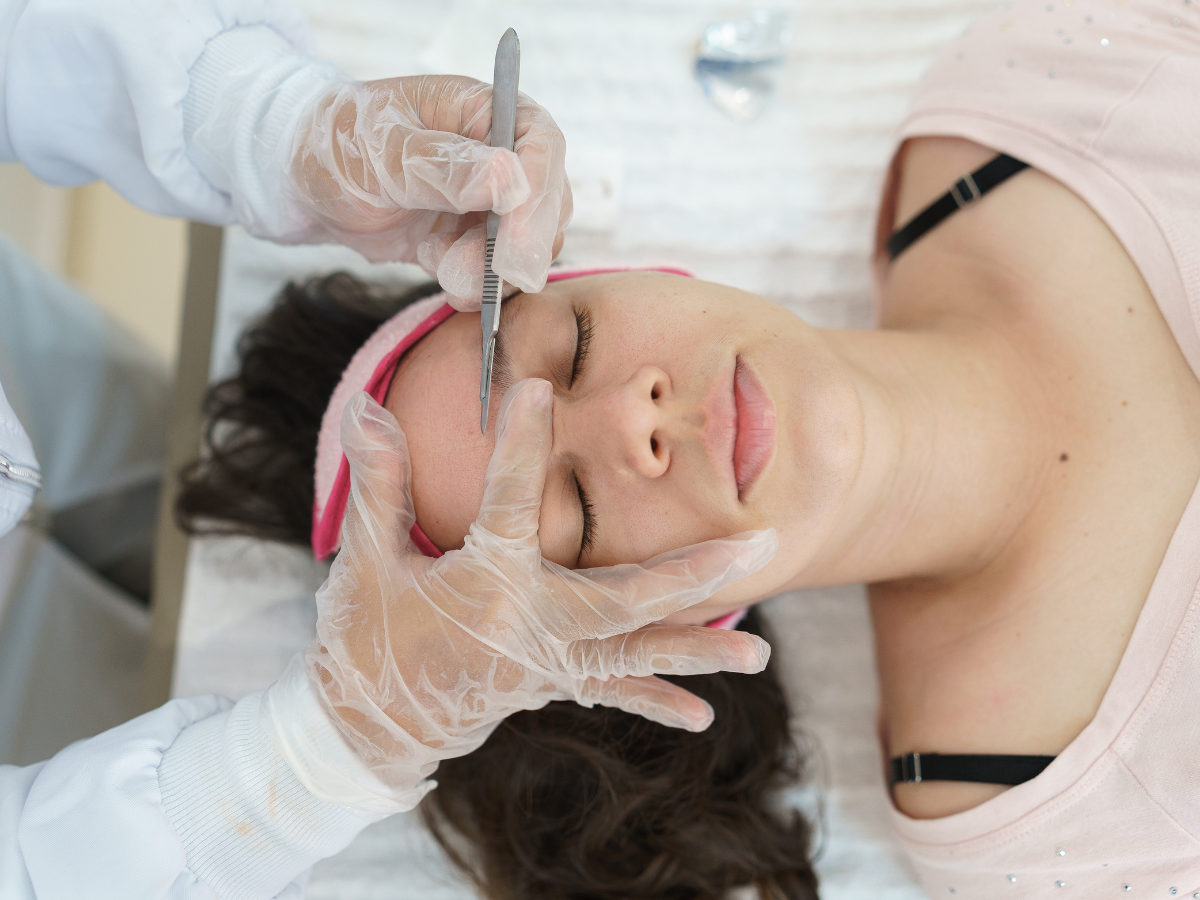
1. What Is Dermaplaning?
Dermaplaning is a non-invasive cosmetic procedure that uses a sterilized surgical scalpel to gently exfoliate the skin’s surface. During the treatment, a licensed professional carefully removes dead skin cells and fine hair (vellus hair), revealing a smoother, fresher layer of skin underneath. Unlike regular exfoliation, dermaplaning offers a more thorough treatment that eliminates both dead skin and peach fuzz, making the skin appear brighter and more even.
- Exfoliation: By removing the outermost layer of dead skin, dermaplaning encourages cell turnover and helps reveal a more youthful complexion.
- Peach Fuzz Removal: The procedure also eliminates the fine vellus hair, which can trap dirt and oil, contributing to a dull, uneven appearance.
Dermaplaning is a quick and effective way to improve skin texture without the need for harsh chemicals or invasive procedures.
2. How Dermaplaning Improves Skin Texture
The primary benefit of dermaplaning is its ability to improve skin texture. Here’s how:
- Smoother Skin: By removing dead skin cells, dermaplaning promotes smoother skin. This is especially beneficial for individuals with uneven texture due to dry patches, roughness, or fine lines. The treatment reveals a softer, smoother surface that feels silky to the touch.
- Improved Skin Tone: Regular dermaplaning can also help even out skin tone by sloughing off cells that may cause dullness or discoloration. This is particularly effective for people with sun damage, pigmentation, or acne scars.
- Enhances Product Absorption: By clearing away the buildup of dead skin, dermaplaning allows your skincare products to penetrate deeper and work more effectively. This means your serums, moisturizers, and other treatments will be more beneficial, contributing to healthier and more vibrant skin.
- Reduces Pore Clogging: Dermaplaning helps remove debris and oils that may accumulate in the pores, reducing the likelihood of breakouts and congested skin.
Ultimately, dermaplaning helps you achieve a smoother, more radiant complexion by improving skin texture and providing a deeper, more effective exfoliation.
3. Who Can Benefit from Dermaplaning?
Dermaplaning is suitable for a variety of skin types, but it works best for individuals with the following skin conditions:
- Dry or Flaky Skin: If you struggle with dryness or flaky patches, dermaplaning can help eliminate dead skin and promote a hydrated, glowing complexion.
- Uneven Texture: Those with rough, bumpy skin can benefit from dermaplaning, as it helps smooth out uneven skin surfaces caused by dryness, acne scars, or other factors.
- Dull Skin: If your skin looks lackluster or tired, dermaplaning can give your complexion a boost by removing the buildup of dead skin cells and revealing fresh skin underneath.
- Fine Vellus Hair: People who experience peach fuzz on their face can also benefit from dermaplaning, as the treatment removes this hair and leaves the skin feeling smoother and more even.
However, people with active acne, rosacea, or other serious skin conditions should consult with a dermatologist or licensed skincare professional before undergoing dermaplaning.
4. Dermaplaning vs Other Exfoliation Methods
While dermaplaning is an effective exfoliation method, it’s important to understand how it compares to other types of exfoliation treatments:
- Microdermabrasion: Both microdermabrasion and dermaplaning remove dead skin cells, but microdermabrasion uses a machine to spray tiny crystals onto the skin’s surface, while dermaplaning uses a scalpel. Microdermabrasion can be more abrasive and may not be suitable for sensitive skin.
- Chemical Peels: Chemical peels use acids to exfoliate the skin, while dermaplaning is a physical exfoliation. Chemical peels can provide deeper exfoliation and are great for treating discoloration and acne scars, but dermaplaning is gentler and better for those looking for a quick, non-invasive treatment.
- Physical Exfoliation: Traditional physical exfoliation with scrubs can be harsh on the skin and may cause irritation or microtears. Dermaplaning is a more controlled and precise method, reducing the risk of irritation while still achieving smooth, glowing skin.
While all of these methods provide skin exfoliation, dermaplaning is often preferred for its gentleness and ability to address multiple skin concerns at once.
5. How Often Should You Get Dermaplaning?
To maintain optimal results, it’s recommended to get
dermaplaning every 4-6 weeks. This timeline allows your skin to naturally regenerate and ensures that you’re consistently removing dead skin cells. However, the frequency of
dermaplaning may vary based on your skin type, skincare goals, and how your skin responds to the treatment.
Conclusion
Dermaplaning is an excellent option for improving skin texture and achieving a smoother, more radiant complexion. By removing dead skin cells and fine vellus hair, it enhances the effectiveness of your skincare products, evens out your skin tone, and leaves your skin looking fresh and glowing. Whether you’re struggling with dry patches, rough texture, or uneven skin, dermaplaning can help you achieve the healthy, vibrant skin you’ve been dreaming of.
At Pure Day Spa, we specialize in dermaplaning treatments that cater to your specific skincare needs. Contact us today to book your appointment and start your journey toward smoother, more radiant skin!

